Emergency Response
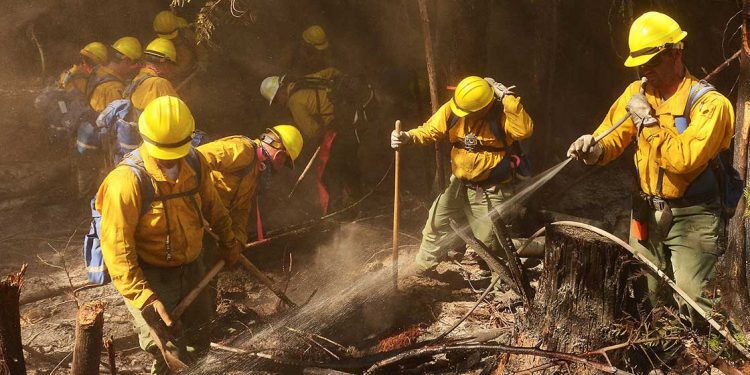
How the Dingell Act is making progress possible in wildland firefighting
Progress isn’t always observable. With 2020’s disastrous wildfire season, we saw the record-breaking loss of land and the loss of far too many lives. Knowing that wildland firefighting improvements were made in the face of such tragedy could be welcome. Confronting disaster is what wildland firefighters do. And seeking better
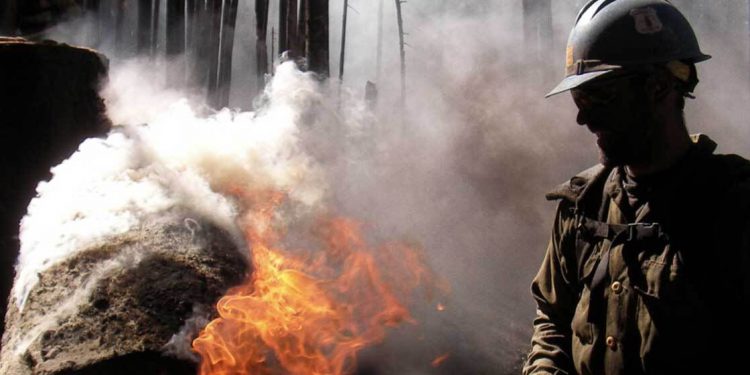
Podcast: Mystery Ranch’s Lucas Mayfield discusses the tools needed to keep hotshot crews safe
Because of the ongoing COVID-19 pandemic and the 2020 presidential election, one of the biggest stories of 2020 is at risk of being forgotten. 2020 was the year of the wildland fire, and not just in the United States. The year began with the “Black Summer” bushfires burning across New
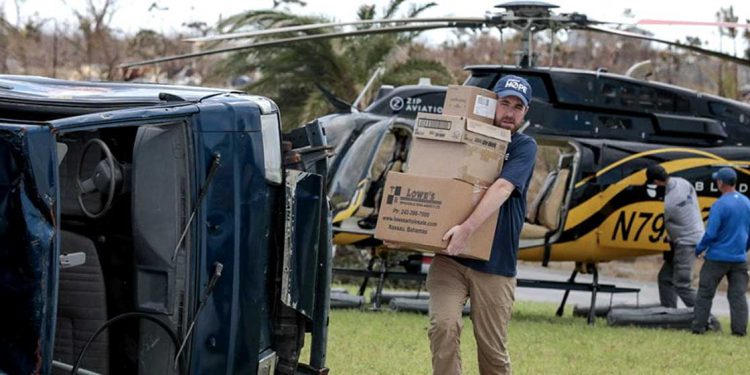
3 tips from nonprofit professionals on how to stay connected during deployment
According to the UN, half of the world’s population lacks reliable internet access, with the vast majority concentrated in developing countries. As communities around the globe work to close the digital divide over the next few decades, there are countless nonprofit and nongovernmental organizations that need to fill critical connectivity
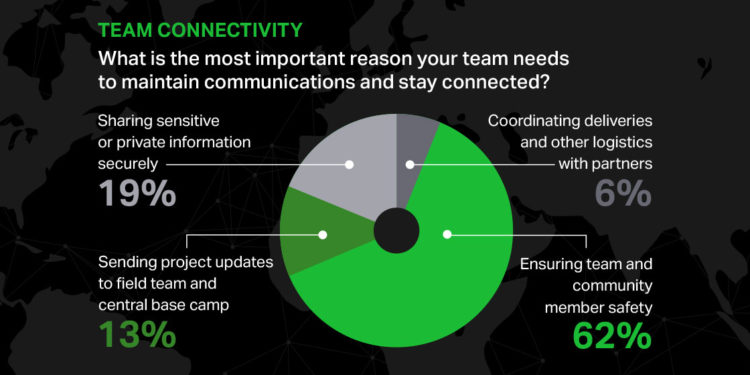
Infographic | Nonprofits on navigating connectivity in the Digital Divide
As communities around the globe work to close the digital divide, there are countless nonprofits and nongovernmental organizations that need to fill critical gaps in connectivity in order to operate safely and effectively now. During a live panel discussion “Navigating Connectivity in the Digital Divide,” we asked nonprofit professionals how
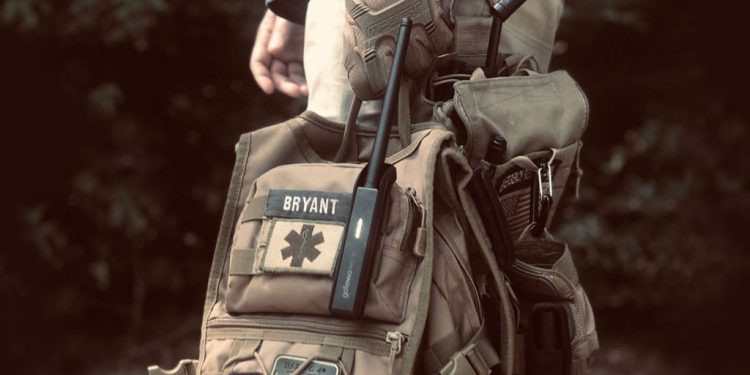
Panel Recording | Nonprofits on navigating connectivity in the digital divide
Half of the world’s population lacks reliable internet access, with the vast majority concentrated in developing countries. As communities around the globe work to close the digital divide, there are countless nonprofits and nongovernmental organizations that need to fill critical gaps in connectivity now in order to operate safely and
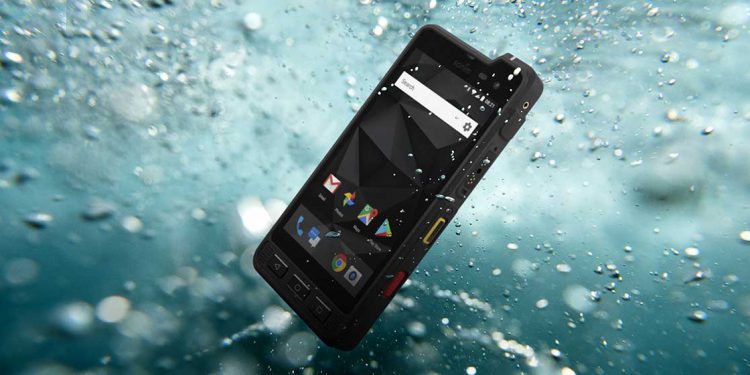
Podcast: Sonim discusses bringing new capabilities to emergency response
When first responders and emergency response personnel respond to natural disasters, we want them to be as prepared as possible. But, historically, disaster and emergency response personnel deployed with just a traditional voice radio. This gave them the ability to communicate and collaborate via voice only. And even that capability
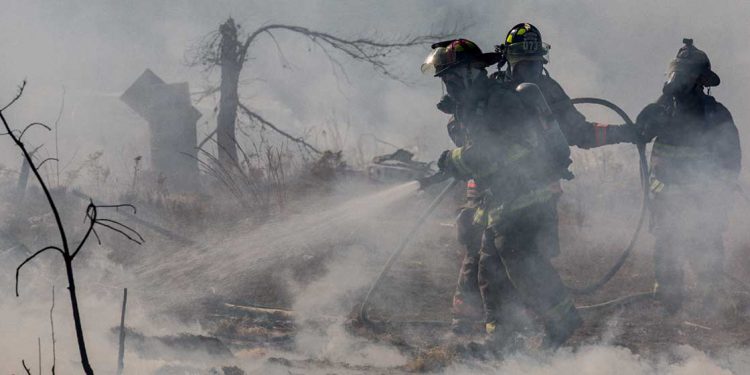
Four considerations for scaling mesh networks on the fireline
This year has been one of the worst on record for wildfire response operations and crews around the globe. It started in Australia at the very beginning of the year, with brushfires that were so devastating and destructive that they were headline news on every continent, burnt approximately 46 million
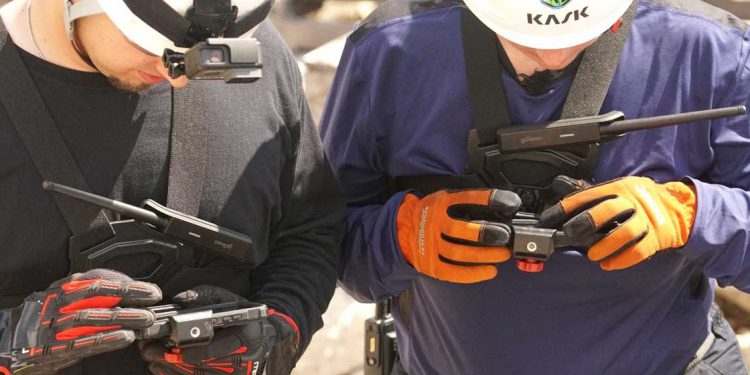
CivTAK brings military-grade situational awareness to any professional team — here’s how to take CivTAK off the grid
The civilian version of the U.S. military’s situational awareness application, ATAK, is officially released so any team around the world can take advantage of its leading tools for teamwide command and control — completely free of charge. The Team Awareness Kit for Android (often referred to as CivTAK or TAK-CIV)
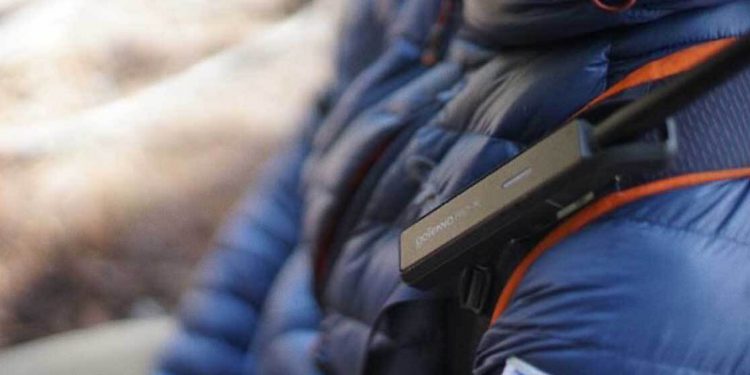
Off-Grid Operator Series: Beyond the Edge Institute prepares for emergency rescues
Going off the grid takes a combination of courage, planning, and training. Even in the best of situations with the most prepared teams, things can often go from adventure to danger. Fortunately, there are organizations that are prepared to respond to crises in the last mile at a moment’s notice.
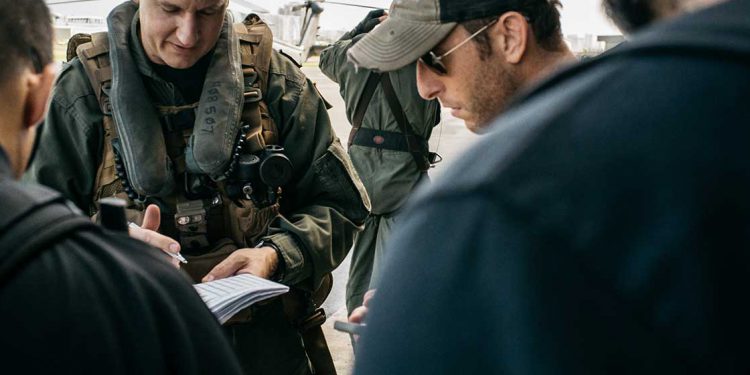
Tech Spotlight Series: Veterans improve disaster readiness and make a better “bad day” for communities
Fix it in post! That’s often heard in the film industry. But industry professionals know that any work done after the fact is far more expensive than good planning and preparedness. When it comes to disaster readiness, professionals likely know the same is true. Well-informed training, solid planning with local



